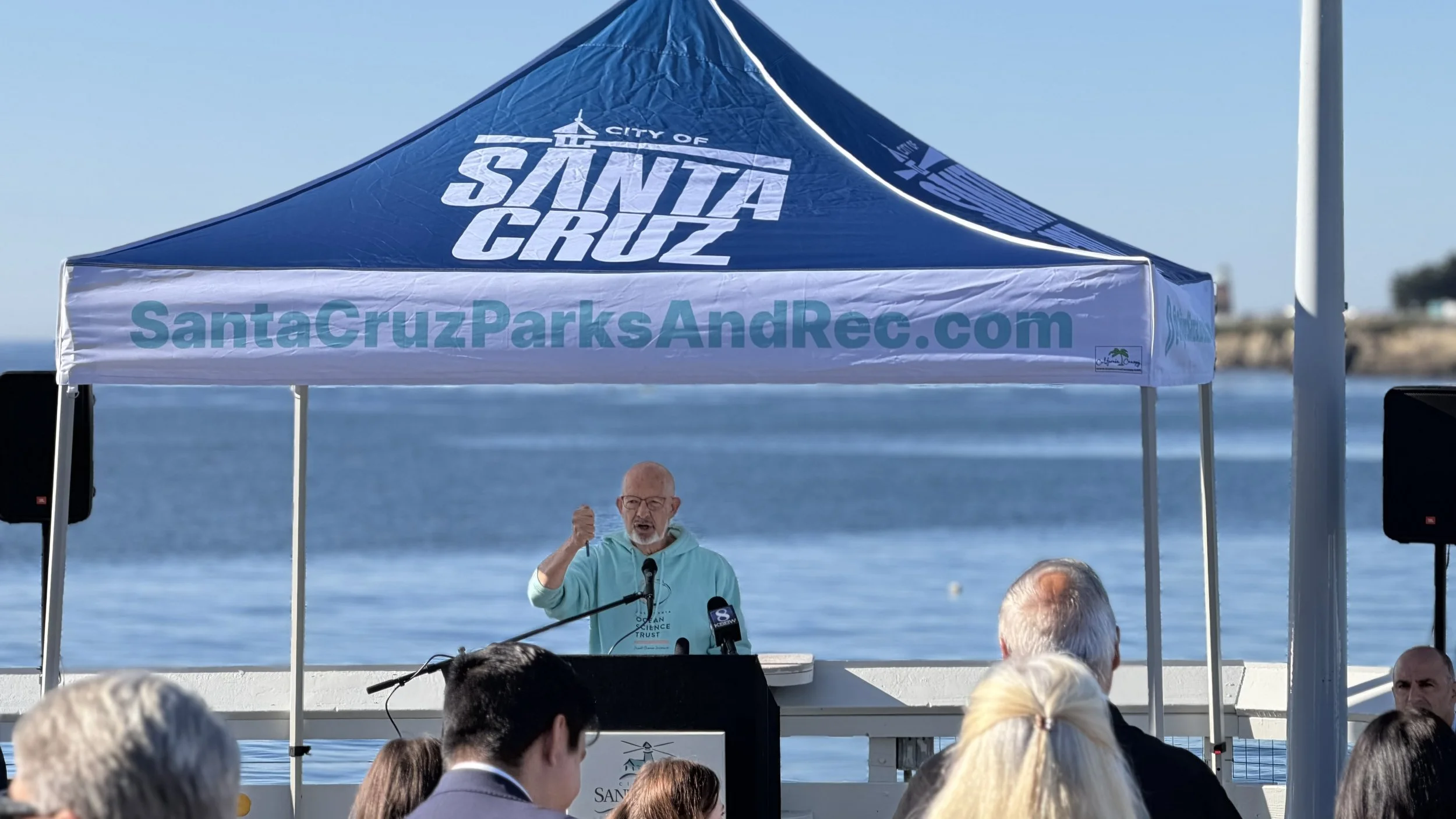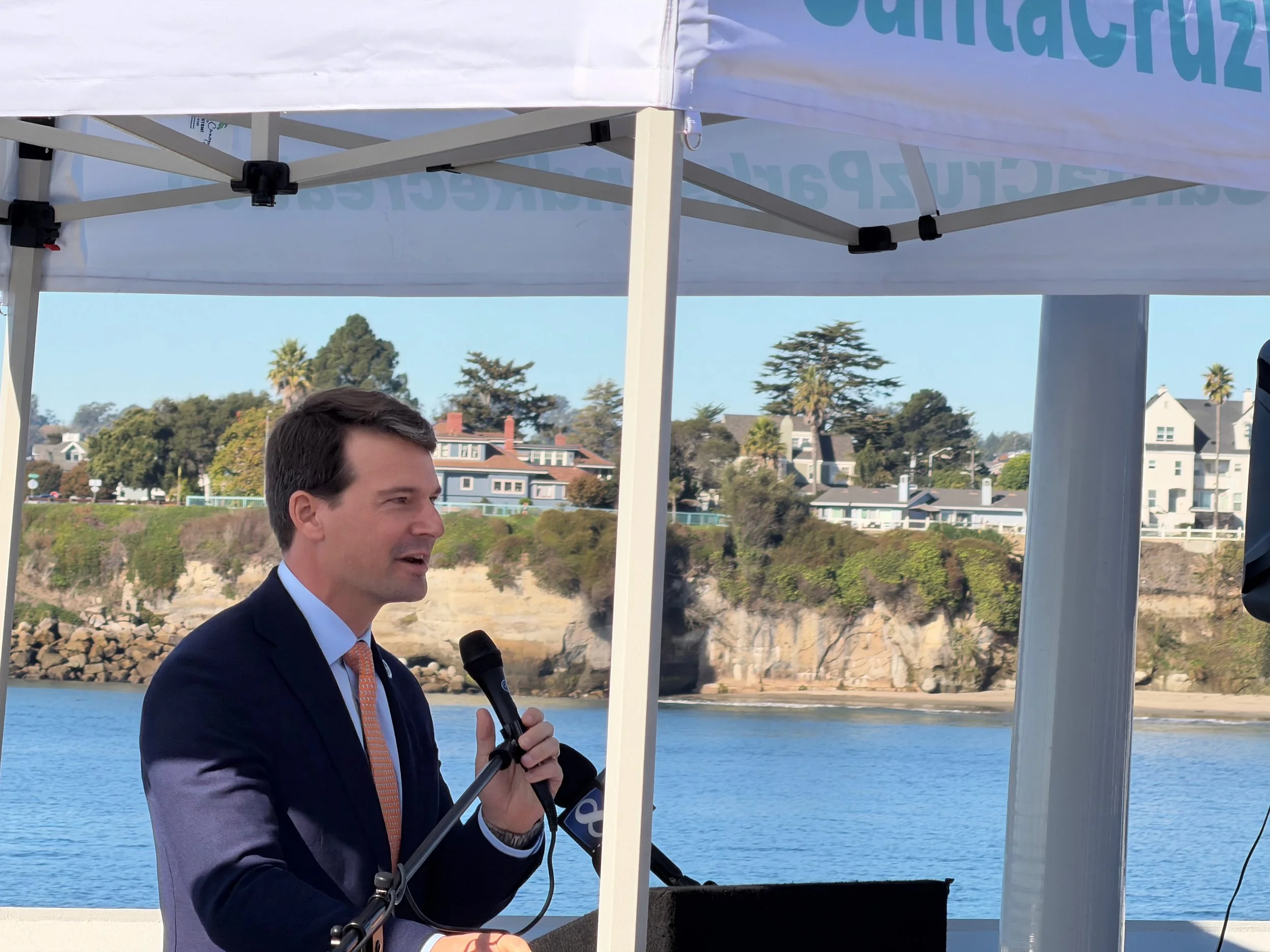The Return of an Old Battle: Santa Cruz vs. Offshore Drilling
“Our coastline is NOT the east wing of the White House”
It felt like déjà vu on the Santa Cruz Wharf. The wind came off the bay sharp and cold, carrying echoes of a fight this community thought it had already won.
Once again, local leaders—Representative Jimmy Panetta, Senator John Laird, and city and county officials—stood shoulder to shoulder to oppose the Trump administration’s revived efforts to open the California coast to offshore oil drilling and seabed mining. The spark this time: leaked documents, first reported by the Houston Chronicle, hinting that the administration may move forward without environmental review or public input.
Santa Cruz has heard this song before. During Trump’s first term, community pressure helped block similar plans. But this time, leaders say, the rules of engagement feel different. Regulations that once ensured transparency and review may not be applied, leaving even federally protected waters like the Monterey Bay National Marine Sanctuary vulnerable.
Mayor Fred Keeley, his voice cutting through the wind, framed the stakes plainly: “We are here because they want to be there. The Monterey Bay National Marine Sanctuary was not established so we could someday dot it with oil rigs.”
This is, at its core, a question of political will. Who decides what the California coast is for? The administration’s energy agenda, or the communities that depend on clean water, tourism, and marine research?
Panetta and Laird called on citizens to act—contact local representatives, pressure federal agencies, and partner with environmental groups like Save Our Shores, which is already working to strengthen the legal protections that keep drills out of the bay.
For Santa Cruz, the message was less about policy and more about memory. The last time oil rigs threatened this horizon, public outrage stopped them. The question now is whether vigilance can outlast power.
We stand united to protect our coastline. Mess with us, and we will release the Kraken!






